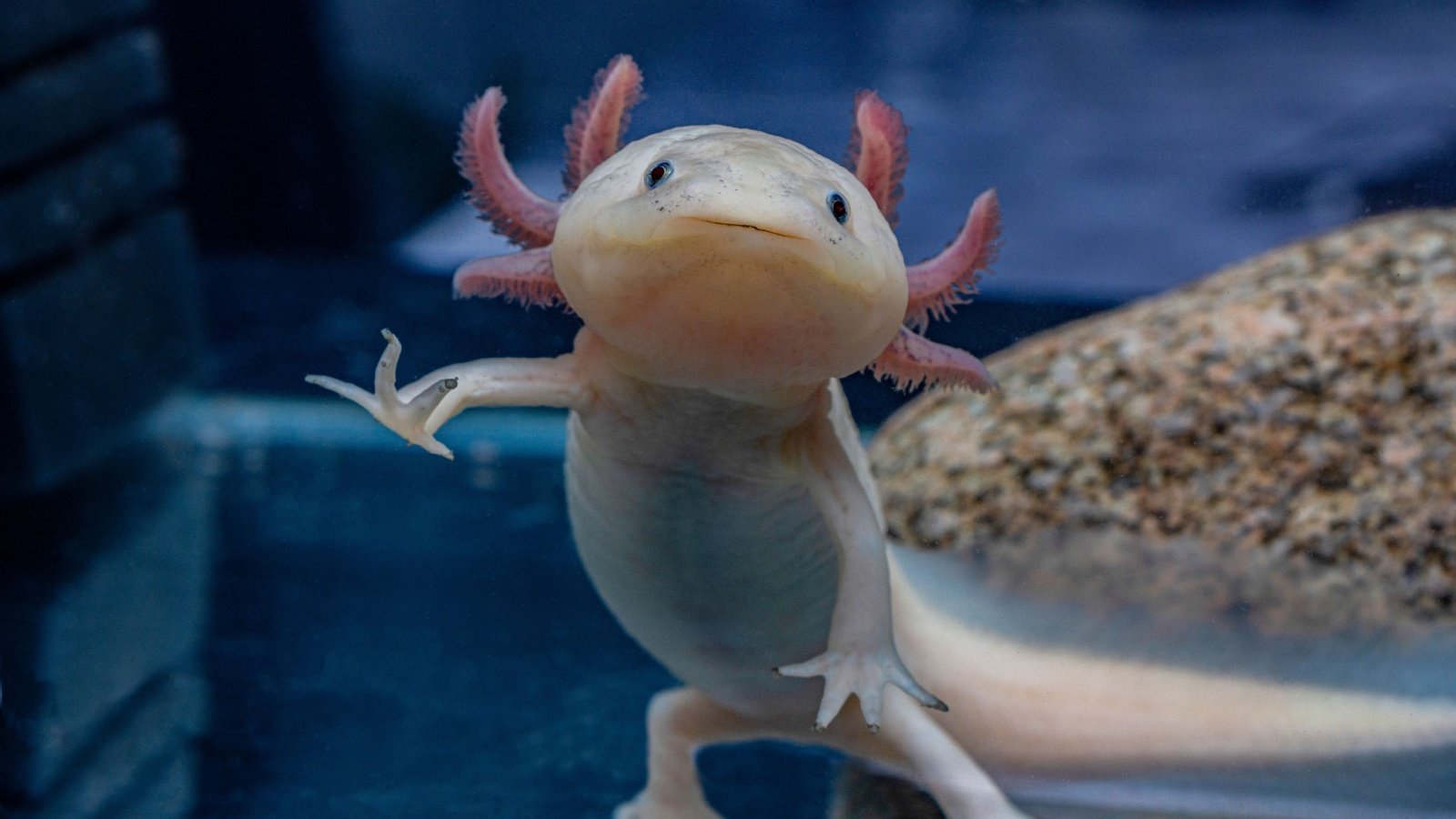Some of the most fascinating creatures on earth are on the brink of extinction, their existence threatened by human activity and environmental changes. From the icy depths of the Arctic to the dense forests of Southeast Asia, their precarious situation highlights the urgent need for conservation efforts to preserve not just individual species but the health of entire ecosystems.
Yangtze Giant Softshell Turtle

There are only three known individuals of the Yangtze giant softshell turtle left in the world. Efforts to breed the last known male and female have so far failed. Conservationists are in a race against time to find any remaining wild individuals and start a captive breeding program.
Kakapo
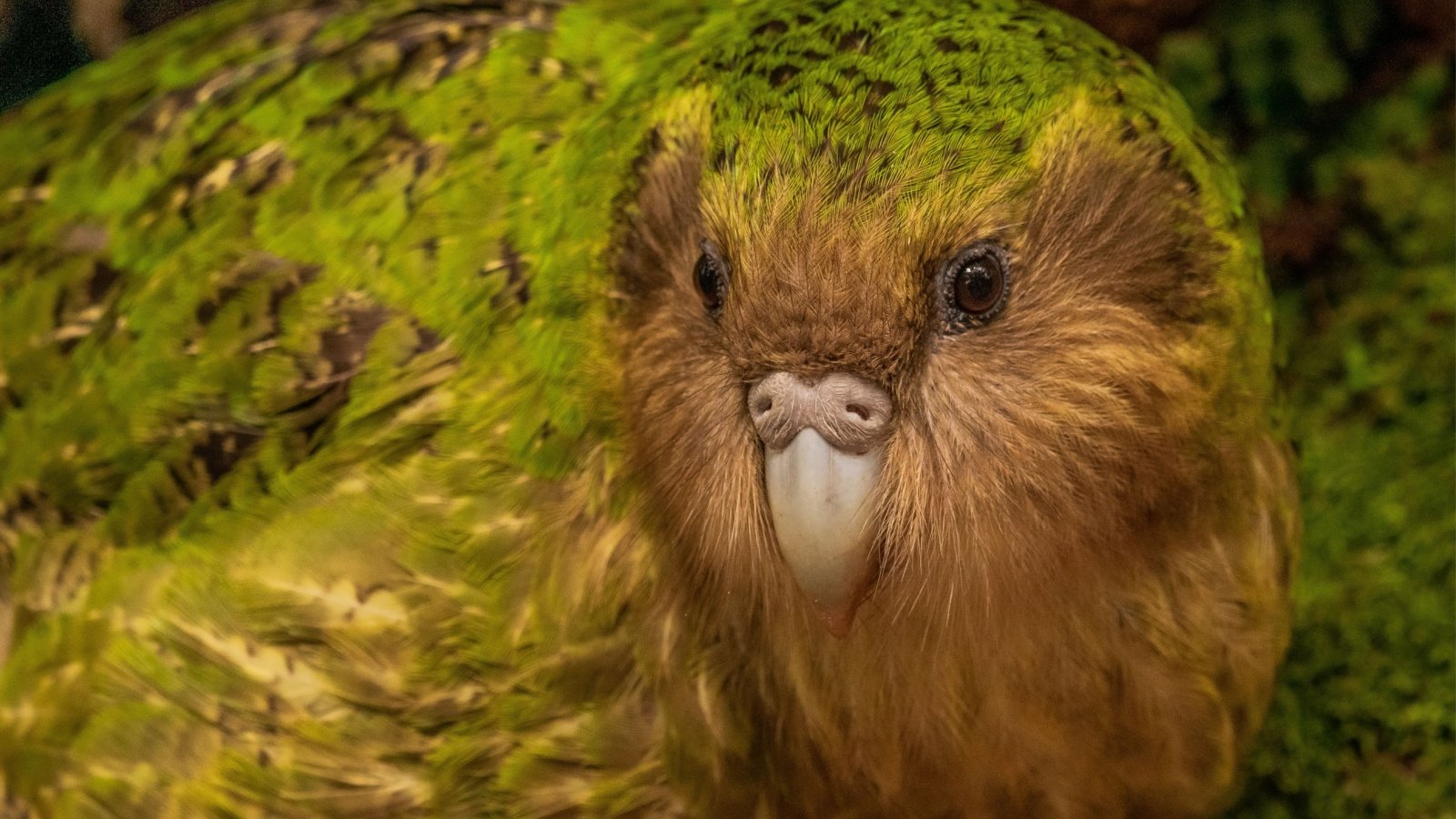
The kakapo is a flightless parrot native to New Zealand, known for its nocturnal behaviors and distinct, mossy odor. With a population of less than 250, it remains critically endangered due to historical hunting, habitat destruction, and introduced predators. Conservationists continue to work tirelessly, managing every known bird to ensure the species’ survival.
Pygmy Three-toed Sloth

This diminutive sloth is found only on the Isla Escudo de Veraguas off Panama. With a population estimated at fewer than 100 individuals, it is critically endangered due to its limited range and habitat destruction from human development. Conservation efforts are needed to protect this unique species and its small island ecosystem.
Siamese Crocodile
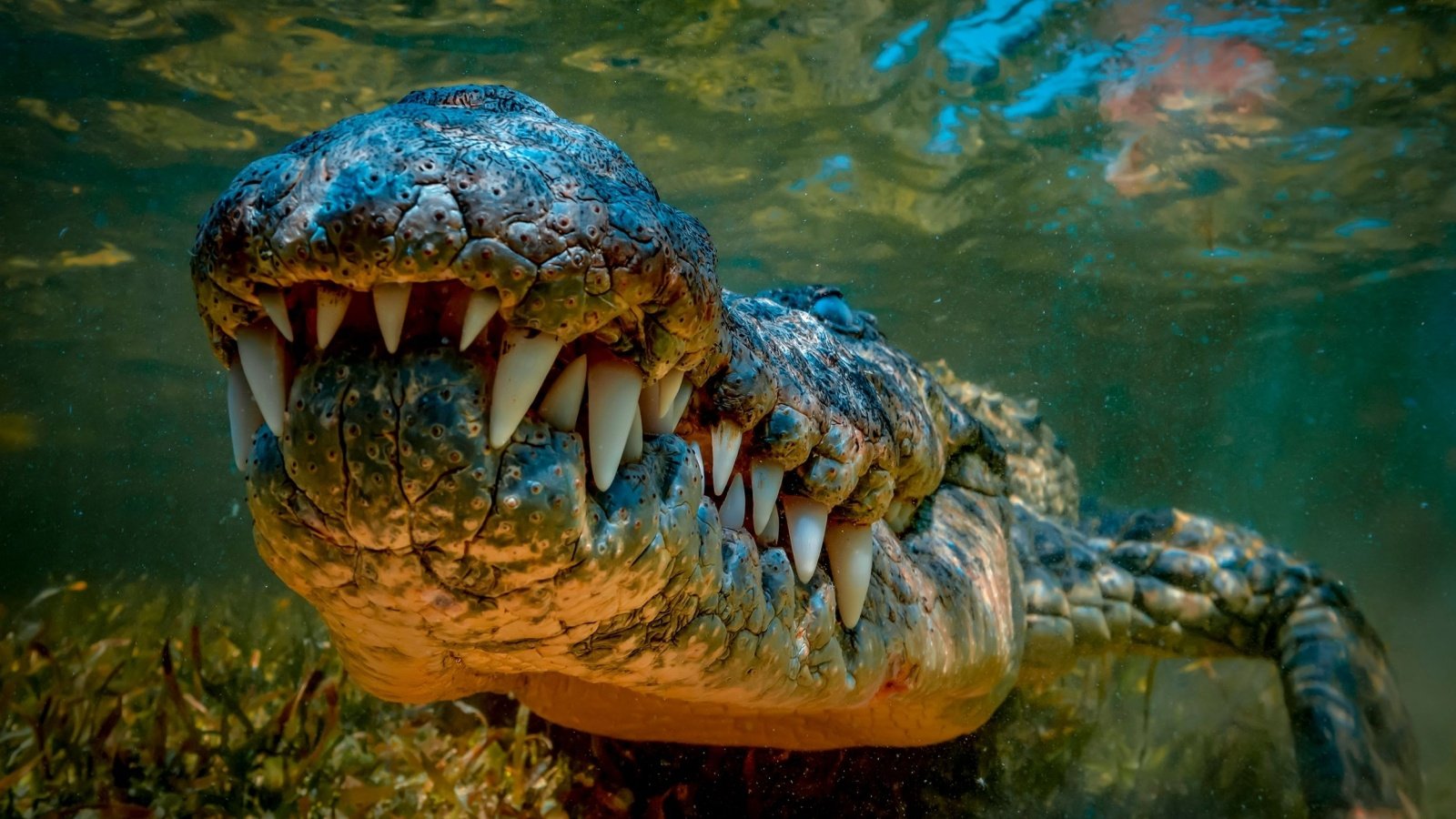
Once widespread across Southeast Asia, the Siamese crocodile now exists in fragmented populations due to extensive habitat loss and poaching. Estimates suggest that fewer than 1,000 individuals remain in the wild, and they are one of the world’s most critically endangered crocodiles.
Axolotl

This unique salamander is native only to the lake complex of Xochimilco near Mexico City. Despite its popularity in research due to its ability to regenerate limbs, the wild population of axolotls is critically endangered. Urbanization and water pollution are the primary threats to their survival.
Vaquita
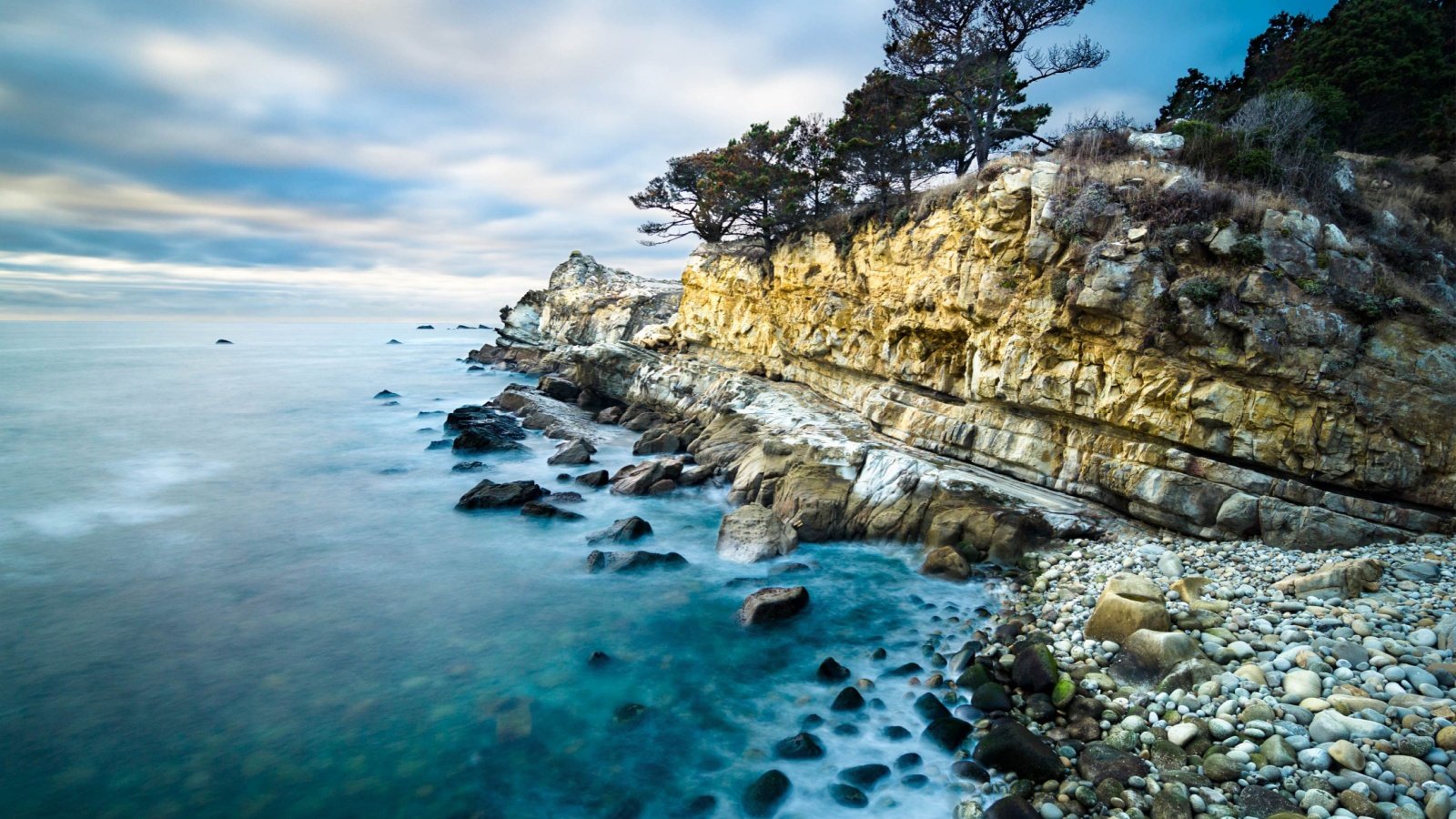
The vaquita is the world’s rarest marine mammal, found only in the northern part of the Gulf of California. With less than 20 estimated to be in existence, their numbers have dwindled due to bycatch in illegal gillnet fishing. Efforts to save the vaquita are urgent and critical, but their future remains precarious.
Amur Leopard
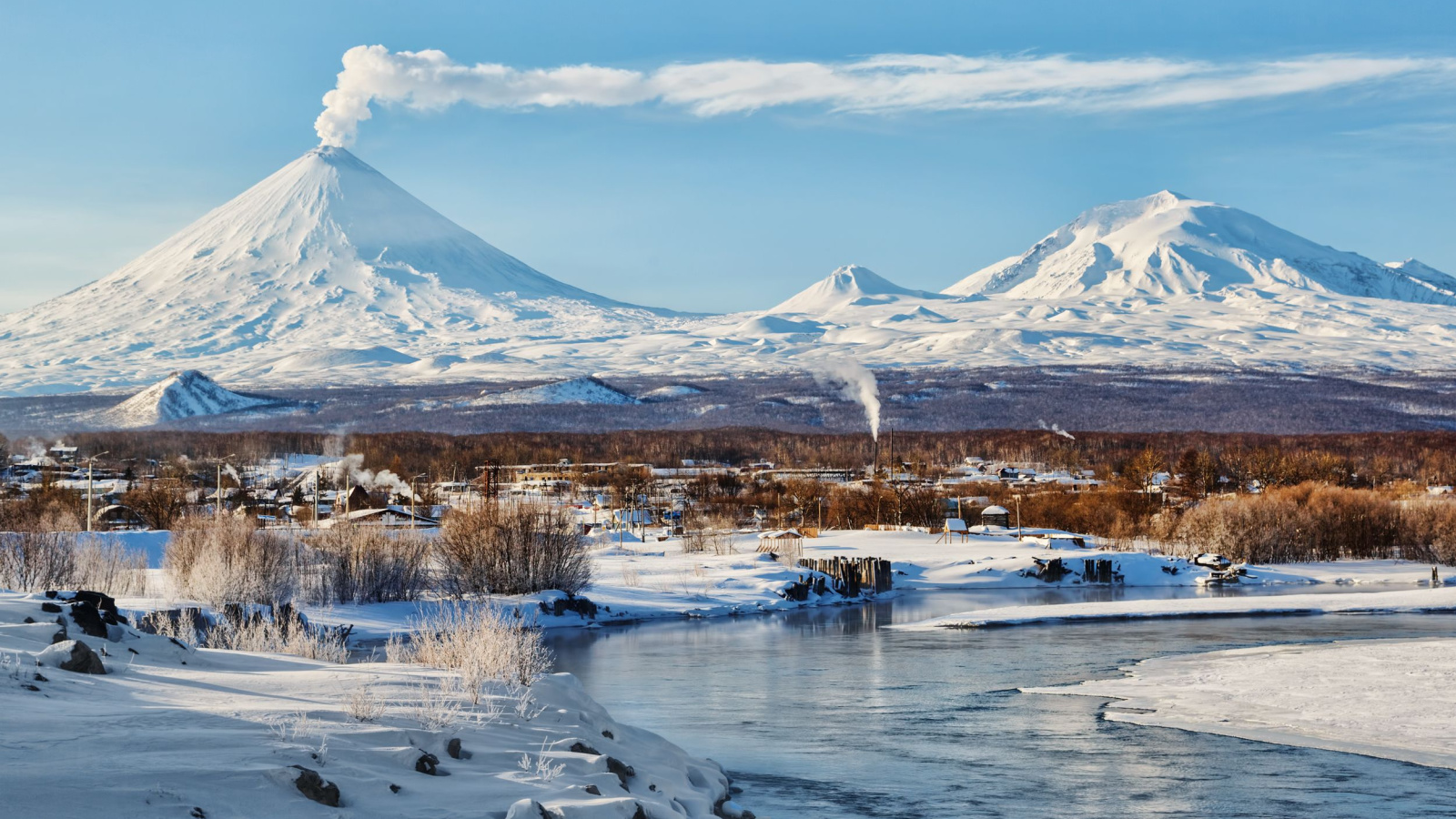
Once roaming freely across the Amur River basin, the Amur leopard now numbers around 70 in the wild, making it one of the rarest leopards on Earth. This big cat’s habitat has been significantly reduced by deforestation and poaching. Conservation efforts are ongoing to try to increase the population through captive breeding and reintroduction programs.
Javan Rhino
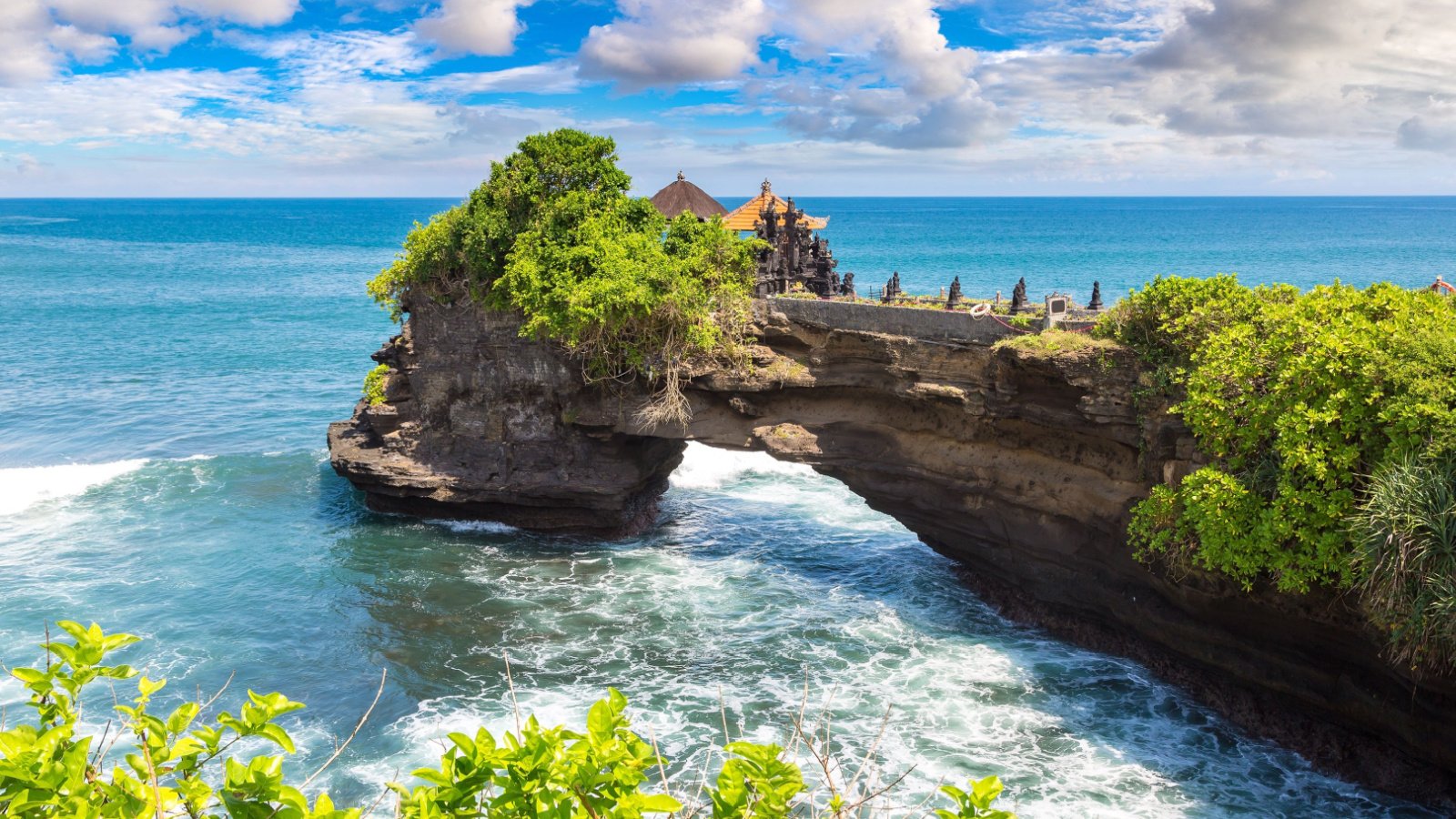
The Javan rhino is one of the rarest large mammals, with only about 76 living in Ujung Kulon National Park in Indonesia. No Javan rhinos are in captivity, and they are very rarely seen in the wild. Their survival is hindered by habitat loss and the threat of volcanic eruption.
Northern Hairy-Nosed Wombat
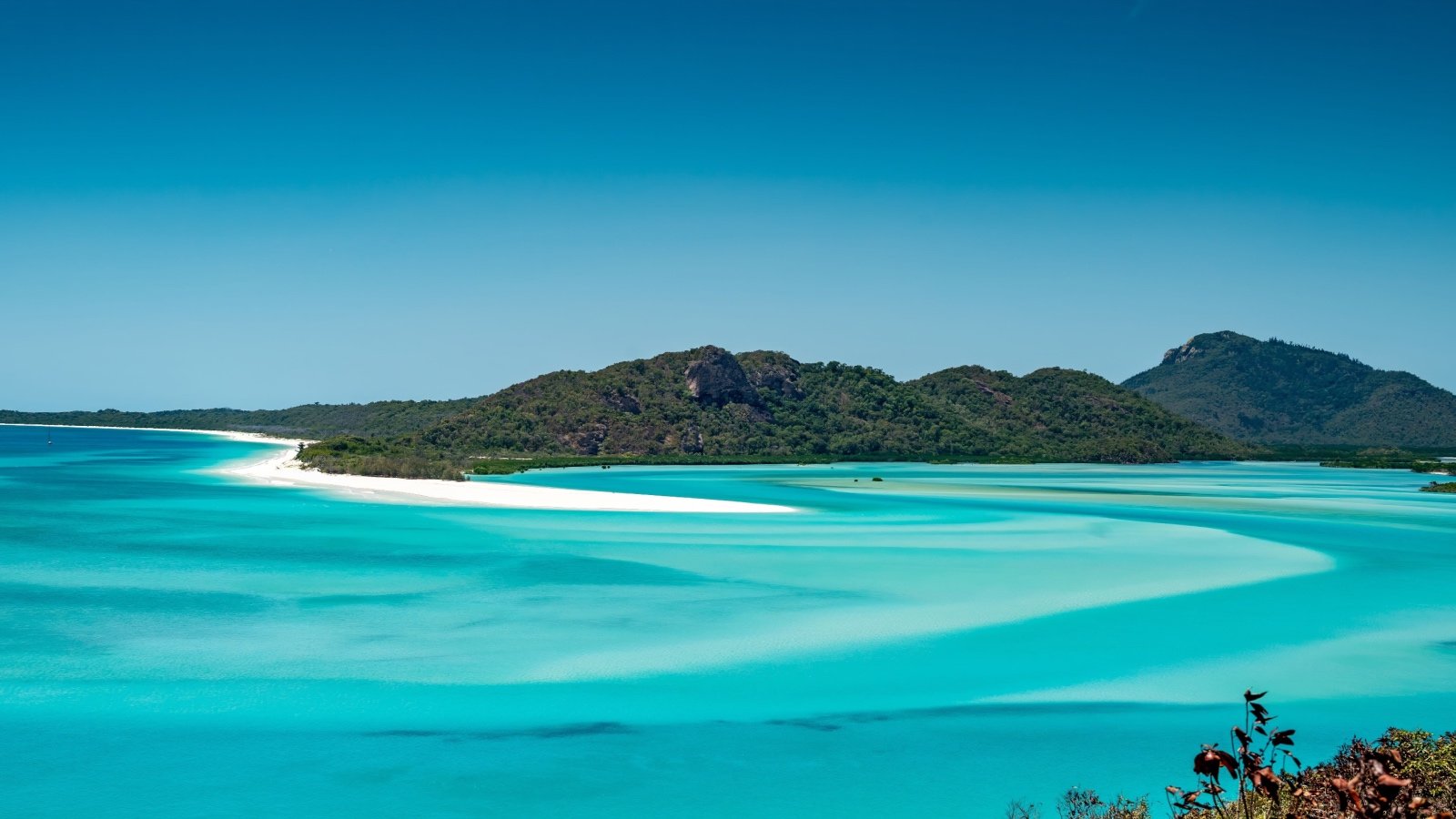
This species is one of the rarest land mammals in the world, found only in a single protected park in Queensland, Australia. With a population of around 250 individuals, the Northern hairy-nosed wombat’s survival hinges on habitat preservation and protection from predators. Their extremely limited distribution makes their conservation a challenge.
Angel Shark
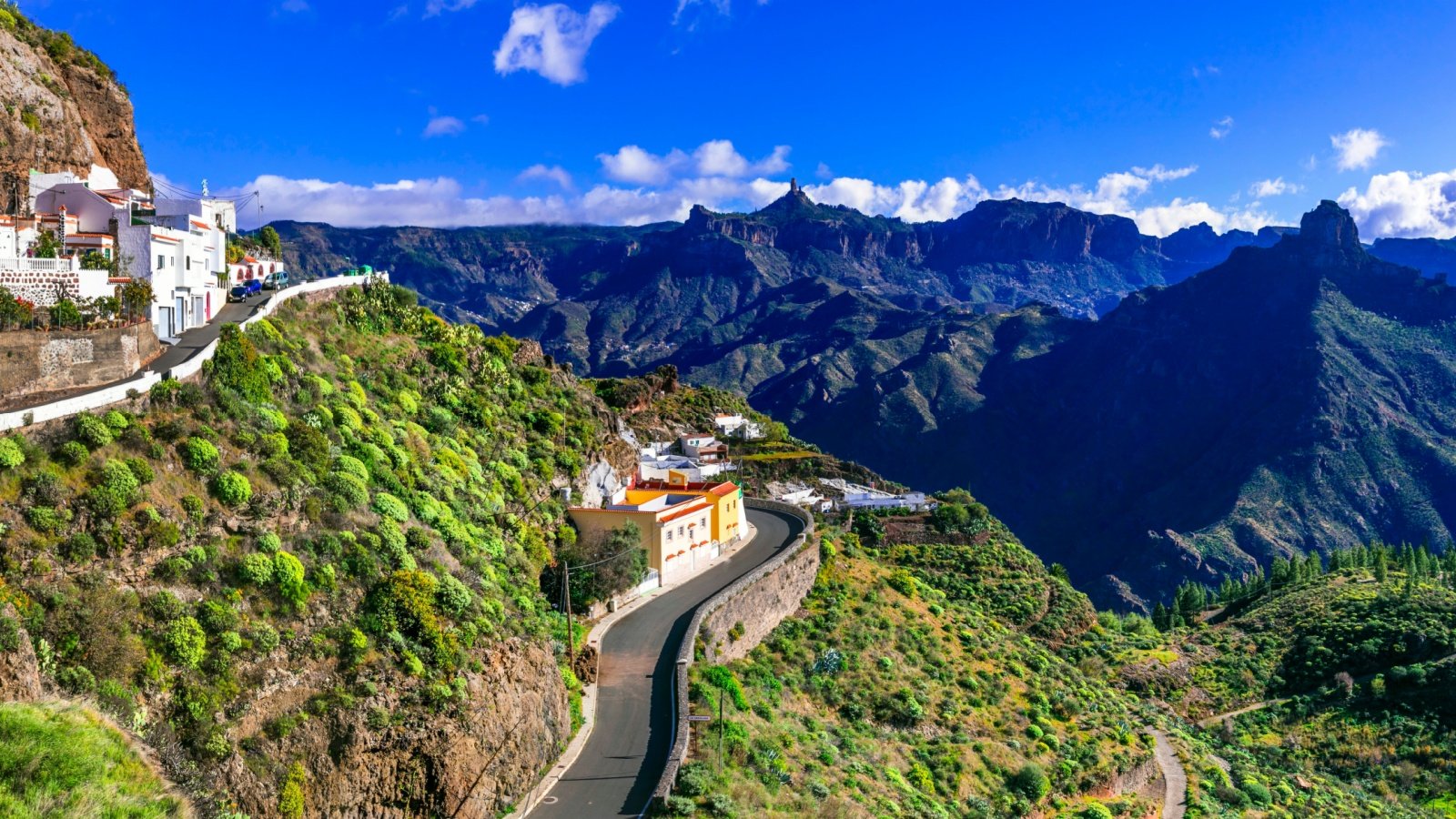
Once widespread across the coastal waters of the North Atlantic, angel sharks are now mostly confined to the Canary Islands. Their population has plummeted due to commercial fishing and habitat disturbance. The angel shark is distinctive for its flat body and broad pectoral fins, resembling a ray more than a shark.
Gooty Sapphire Ornamental Tree Spider
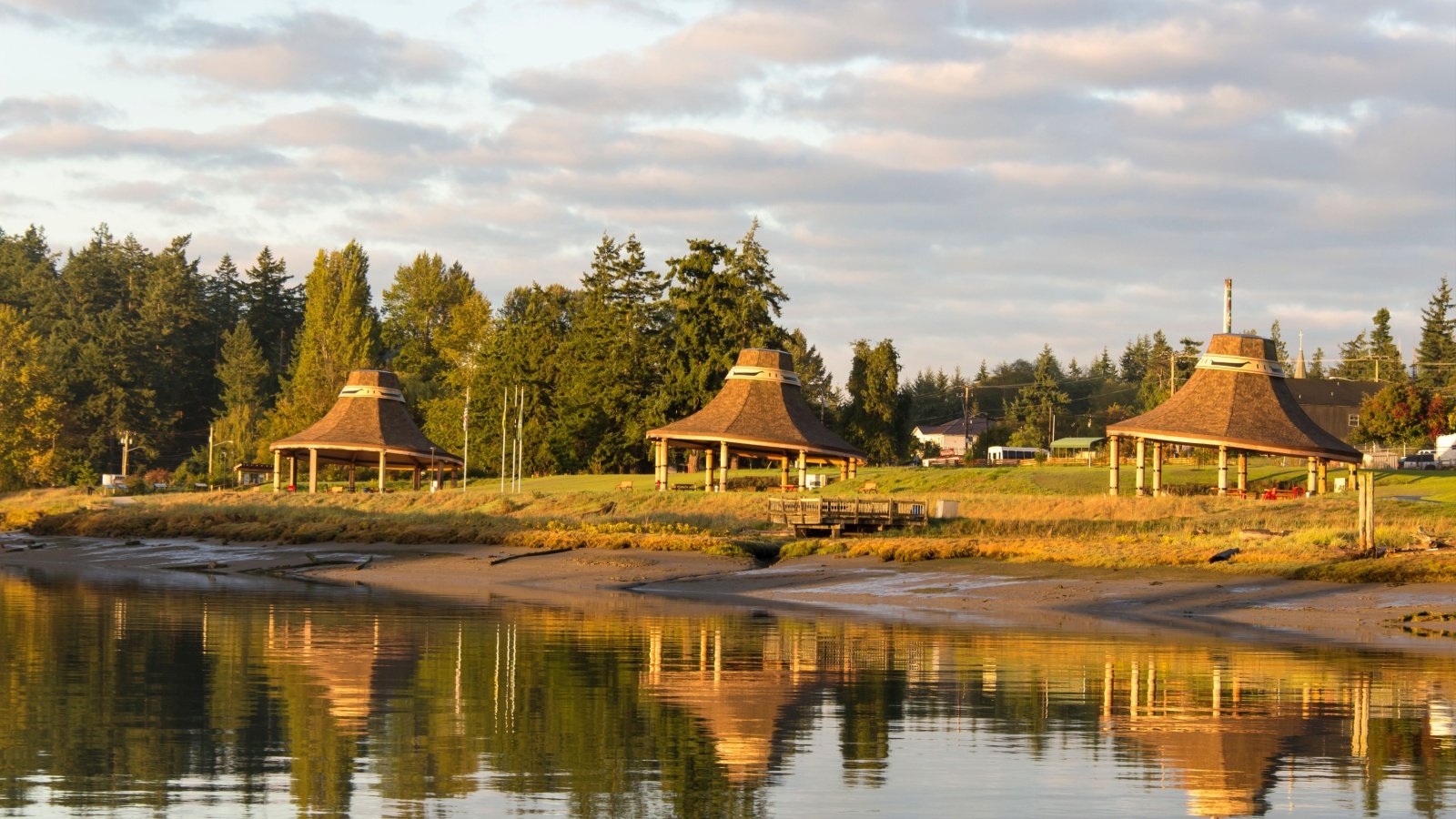
This striking blue spider is native only to a small region in India, making it extremely rare in the wild. The Gooty sapphire’s vivid coloration and tree-dwelling habits make it a sought-after species in the exotic pet trade, which has further endangered its population. Habitat loss due to logging is the primary threat to their survival.
Saola
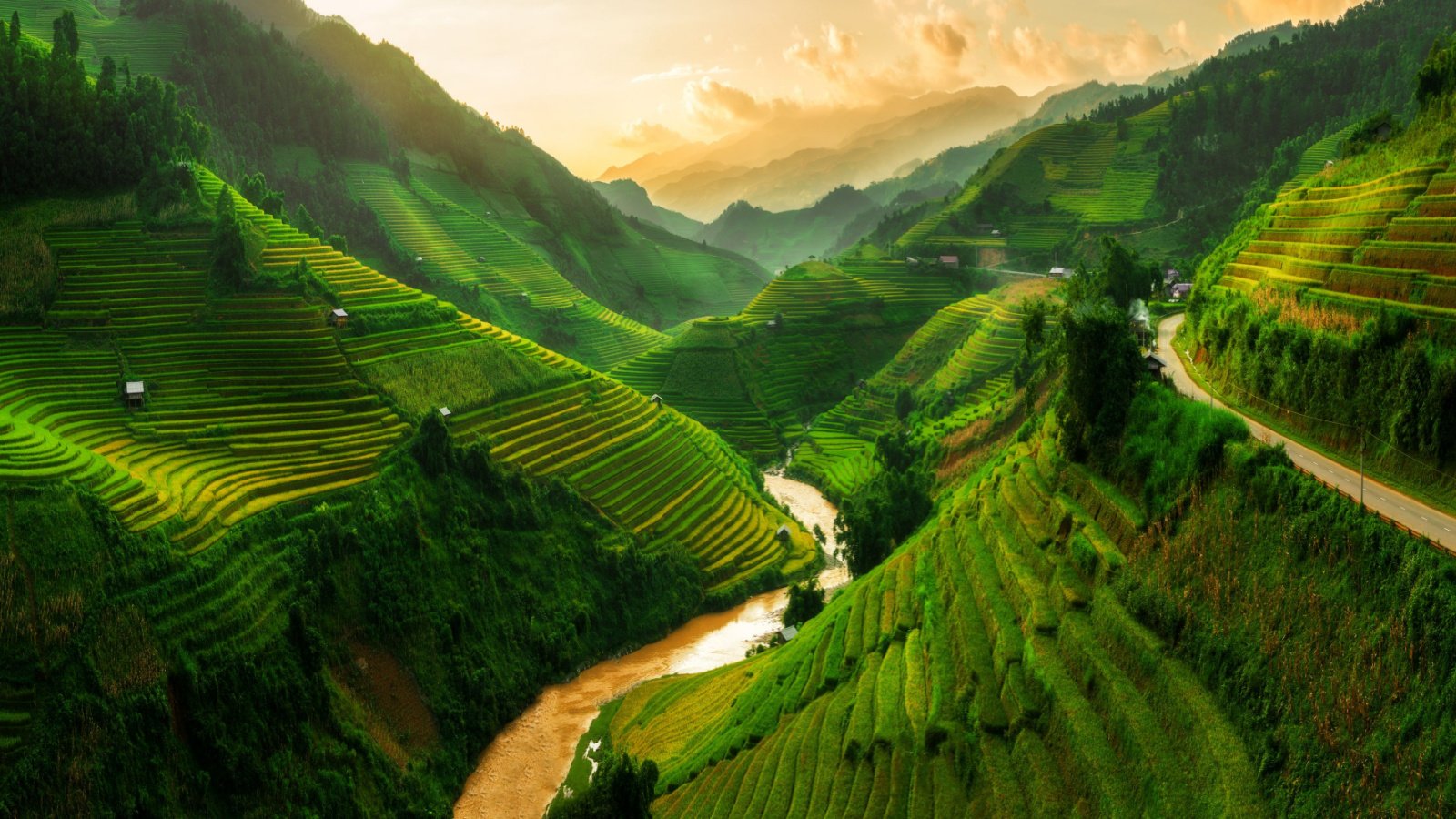
Often called the Asian unicorn, the saola was only discovered in 1992 along the Vietnam-Laos border. This elusive creature is so rare (less than 750 left) that scientists have barely observed it in the wild, and its population estimates are difficult to determine. Habitat loss and incidental capture in hunting snares threaten its existence.
Hawaiian Monk Seal
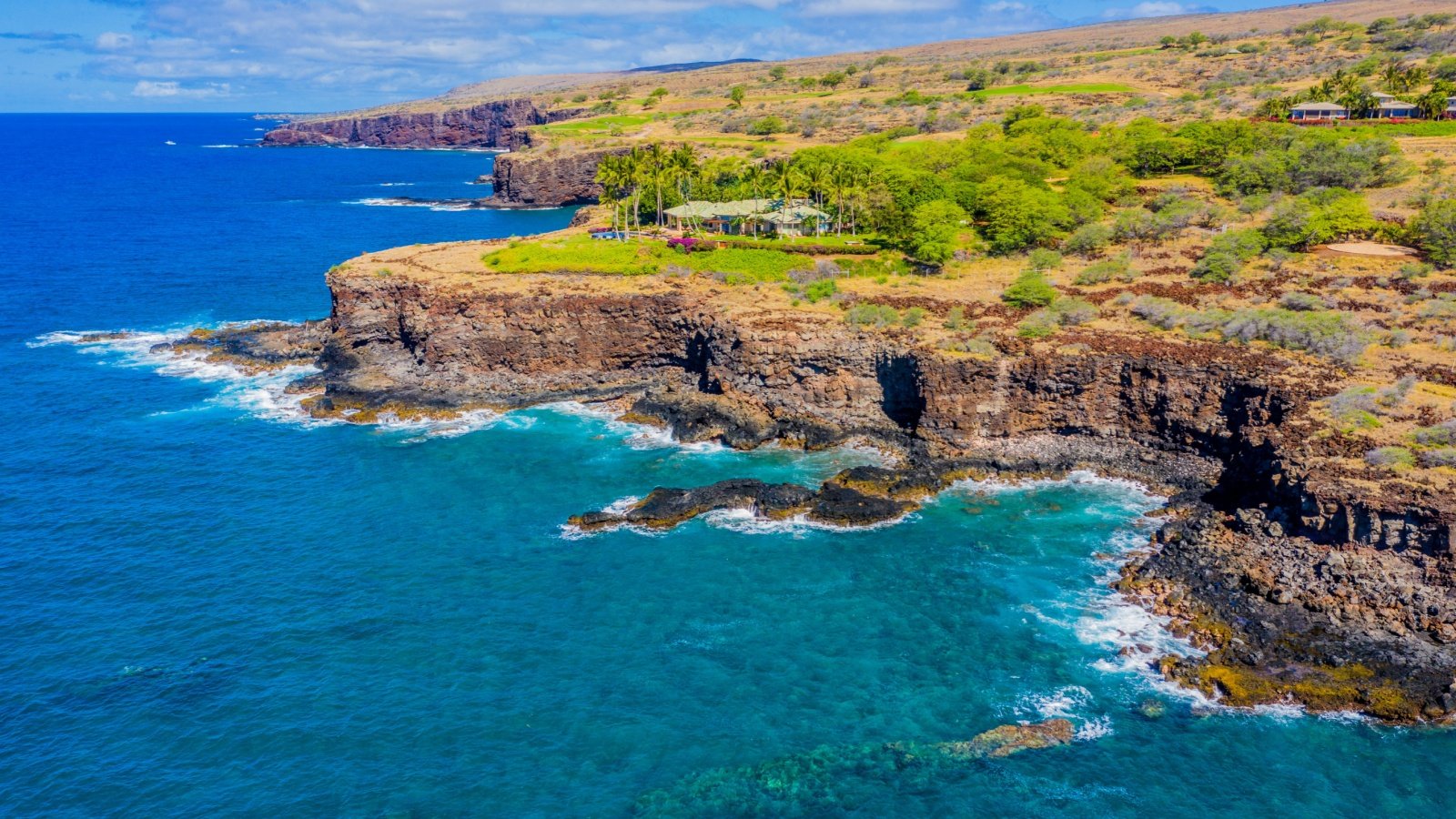
One of the only three species of monk seal remaining, the Hawaiian monk seal is critically endangered. With a population of around 1,400, they face threats from human encroachment, entanglement in fishing gear, and ocean pollution.
Sumatran Rhino
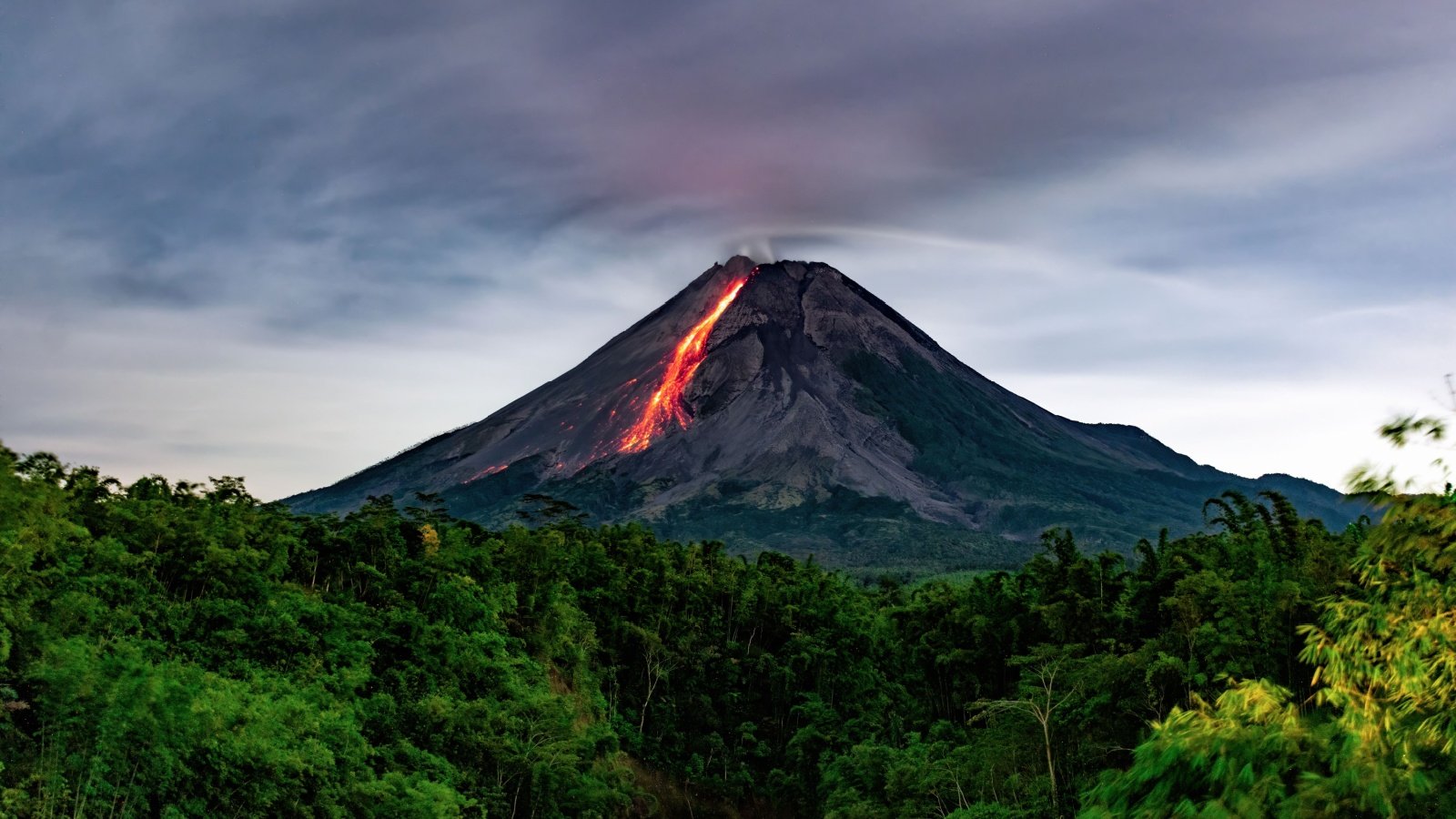
The Sumatran rhino is the smallest and once the most widespread of all rhino species in Asia. Now, fewer than 80 individuals survive in isolated pockets of Indonesian forest. This species is particularly threatened by poaching and habitat loss due to logging and agriculture.
Philippine Eagle
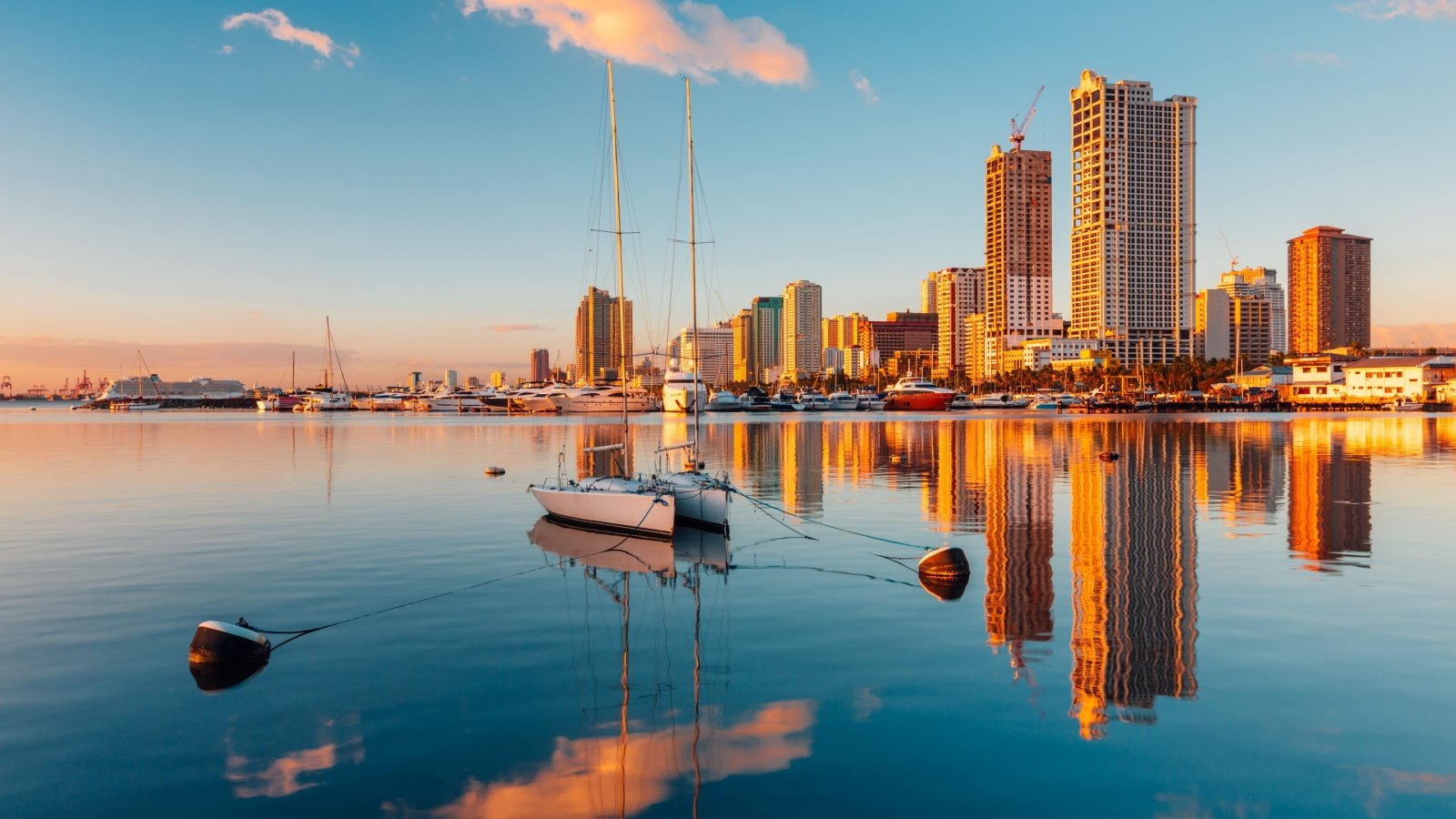
Known as the king of birds, the Philippine eagle is one of the largest and most powerful eagles in the world. With a population estimated at fewer than 500 individuals, they are critically endangered due to massive deforestation in their habitat.
Forest Owlet
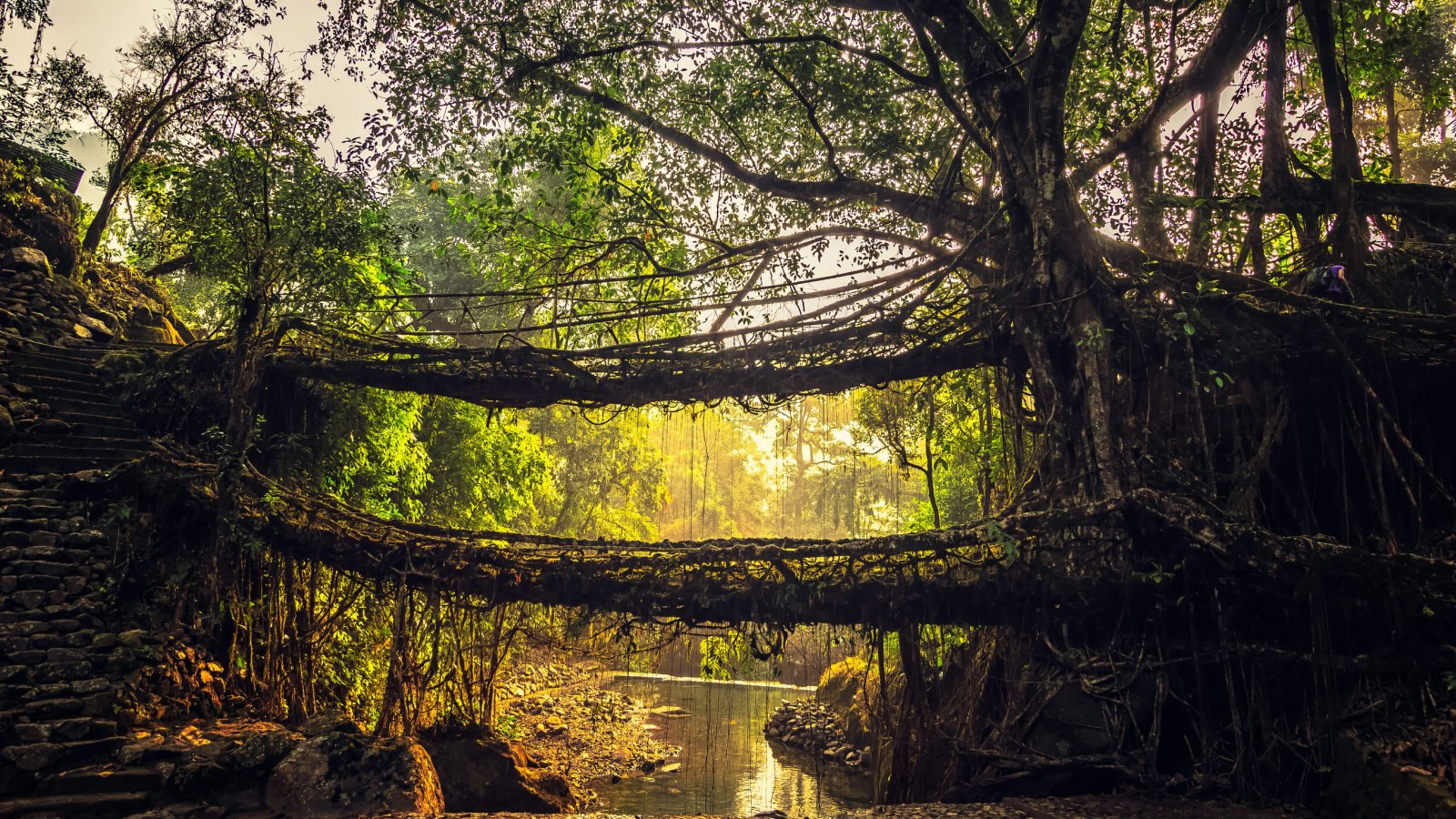
The forest owlet was thought extinct until it was rediscovered in 1997 in the forests of central India. With fewer than 250 mature individuals estimated to exist, this bird remains critically endangered due to habitat loss and degradation. Conservation efforts are focused on protecting its remaining habitat and raising awareness of its plight.
Attenborough’s Pitcher Plant
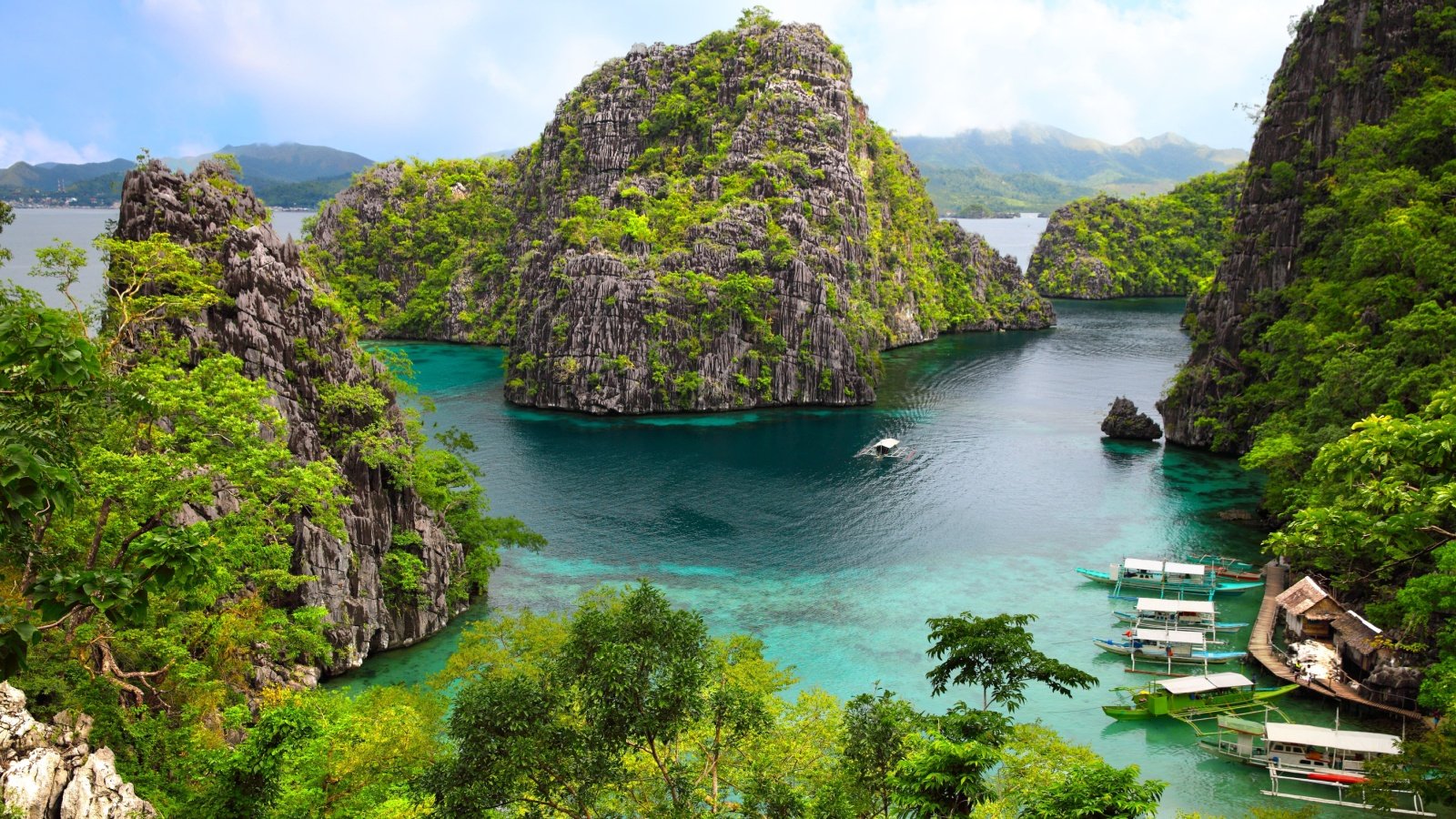
Named after the famed naturalist Sir David Attenborough, this giant carnivorous plant is native to the Philippines. It thrives at high altitudes and is known for its large size, which makes it capable of trapping even small rodents. With only a few hundred individuals known to exist, it faces threats from poaching and habitat destruction.
Spoon-billed Sandpiper

The spoon-billed sandpiper is a small bird with a distinctive spoon-shaped bill, found in northeastern Russia and migrating to Southeast Asia. With a population estimated at fewer than 500 individuals, it is one of the world’s most endangered birds. Habitat loss along its migratory route and climate change are contributing to its decline.
Addax Antelope

The addax, or white antelope, is native to the Sahara Desert and is adapted to life in arid regions. Due to uncontrolled hunting and habitat loss, there are fewer than 100 individuals remaining in the wild. Conservation efforts in nature reserves and protected areas are critical to prevent their extinction.
Stresemann’s Bristlefront
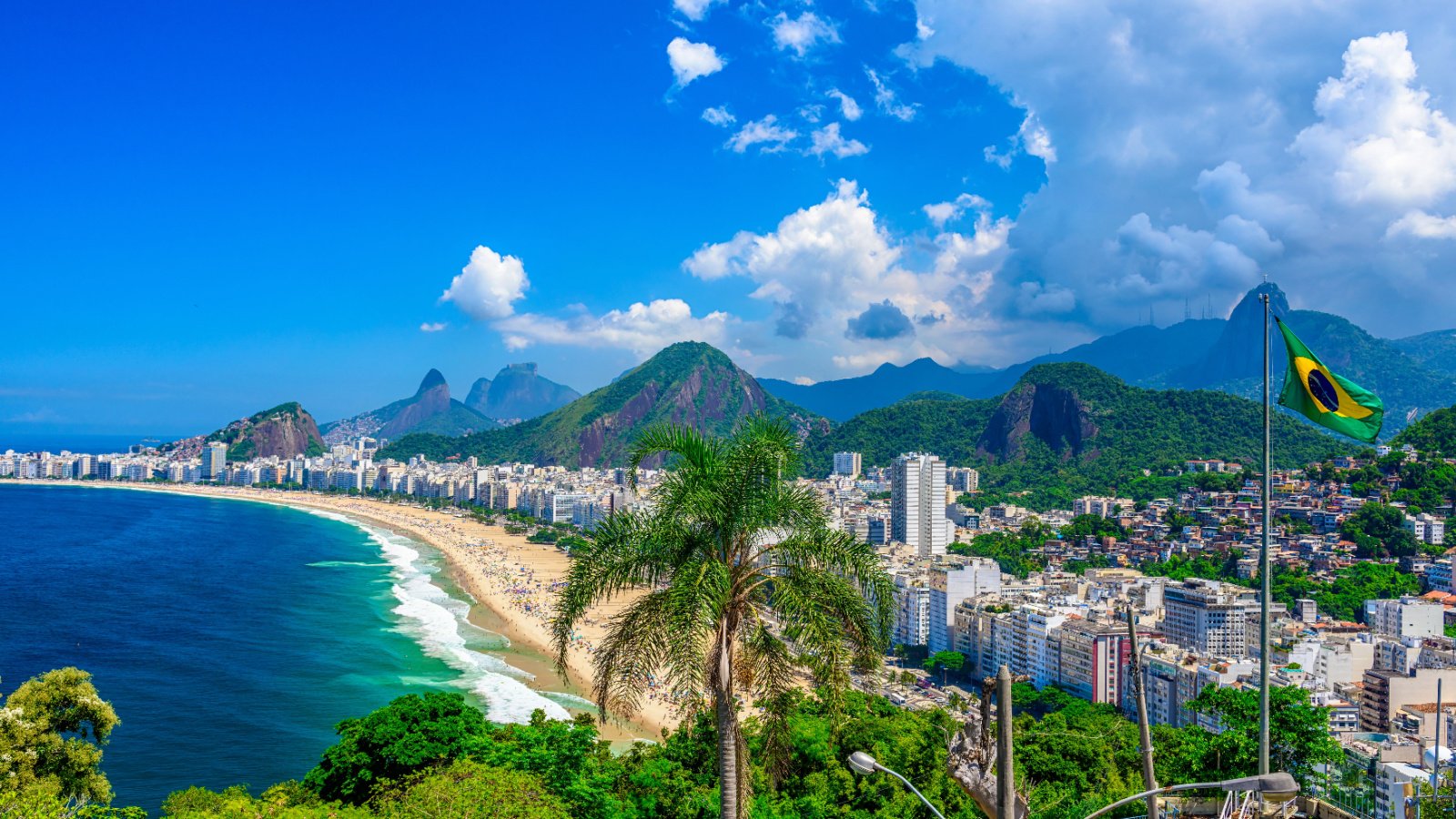
This rare bird species is known for its distinctive bristly forehead and is native to a small area of eastern Brazil. With possibly fewer than 15 individuals left in the wild, it is on the brink of extinction, primarily due to deforestation and habitat fragmentation. Urgent conservation action is required to save and restore its natural habitat.
Northern Bald Ibis

Once considered a symbol of wisdom and revered in ancient cultures, the northern bald ibis now number only a few hundred in the wild. Found in parts of North Africa and the Middle East, their populations have dwindled drastically due to hunting, habitat destruction, and disturbances during the breeding season.



